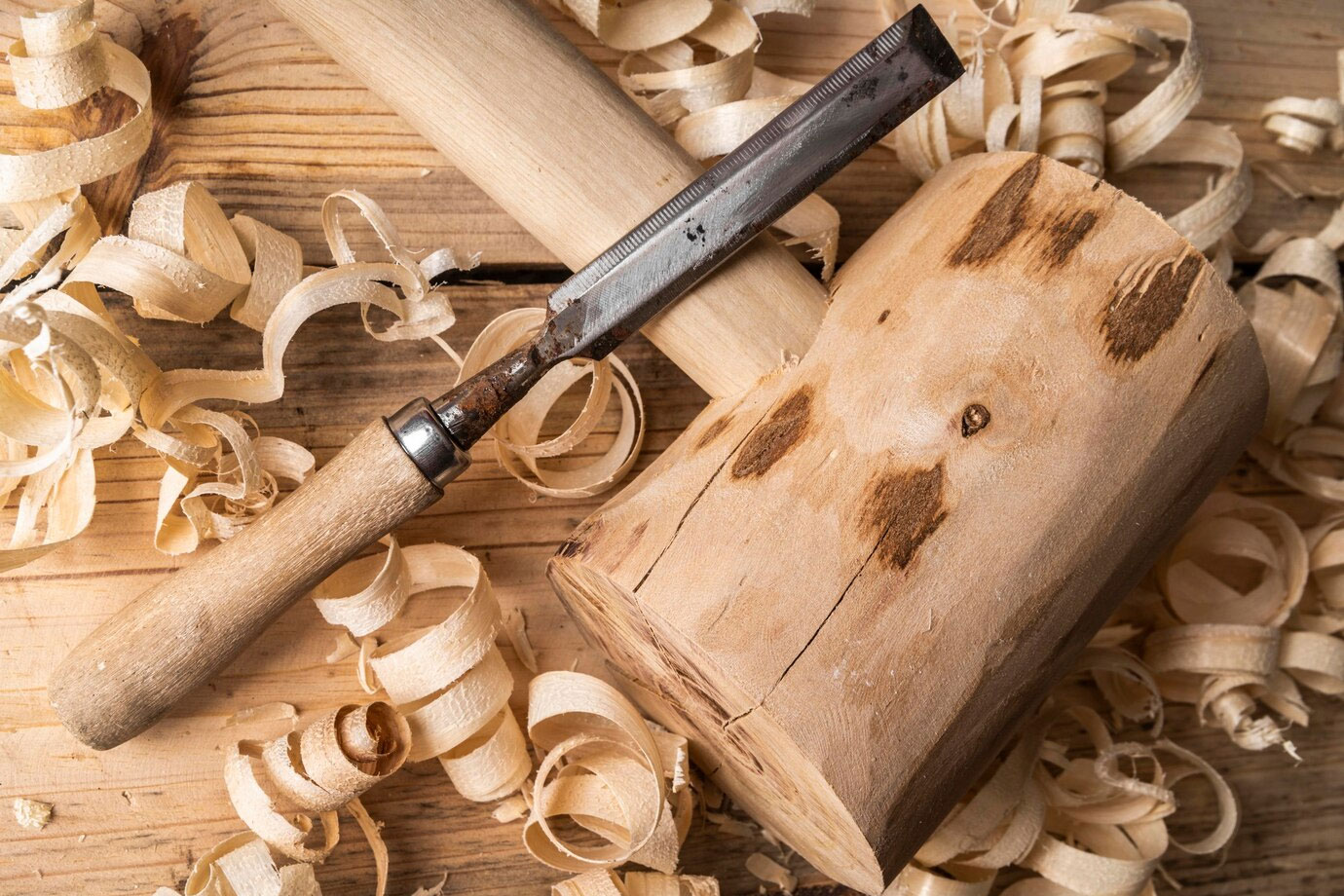Wood boring tools are essential instruments for carpentry, woodworking, and many construction projects. These tools allow professionals and DIY enthusiasts to create holes or tunnels in wood, which are necessary for various applications such as installing hardware, running wiring, or creating joinery. Understanding the different types of wood boring tools, their uses, and how to select the right one for your project can greatly enhance the efficiency and quality of your work.
The first category of wood boring tools includes drills and drill bits, which are among the most commonly used tools in woodworking. Drills come in various forms, including hand drills, power drills, and drill presses, each suited for different scales and types of projects. Drill bits, the actual cutting tools used with drills, also vary widely. For instance, twist bits are great for general drilling purposes, while auger bits are specifically designed to bore deep, clean holes in wooden structures.
Another popular tool in this category is the brace, a hand-held tool used with a special type of bit called a spoon bit or an auger bit. Traditionally used before the advent of power drills, braces allow for precise control and are still favored today for their ability to produce clean, consistent holes.
Specialized wood boring tools such as spade bits, also known as paddle bits, are designed to drill large diameter holes quickly and are typically used in rough construction work where the finish is not a primary concern. Conversely, Forstner bits and hole saws are used when a clean, precise cut is needed, as in cabinetry and furniture making. Forstner bits, in particular, excel in creating flat-bottomed holes and can be used at an angle to achieve off-center or overlapping holes.
In addition to these, there are many other specialized wood boring tools such as countersink bits, which are used to prepare a wooden surface for the head of a screw or a bolt. Plug cutters, another specialized tool, are used to create wooden plugs to cover up screw heads for a neat finish.
When choosing wood boring tools, it’s crucial to consider the type of wood you are working with, the size and depth of the hole required, and the precision needed. The tool’s material also plays a significant role; for example, bits made from high-speed steel (HSS) are durable and suitable for a variety of applications, whereas cobalt or carbide-tipped bits are preferable for harder wood types.
Proper maintenance of wood boring tools is just as important as selecting the right tool. Keeping the tools clean and the bits sharp ensures they perform efficiently and produce clean cuts. It is also important to follow safety guidelines when using these tools, as improper use can lead to injuries.
In summary, wood boring tools are an indispensable part of woodworking and construction. They come in various forms and sizes, each designed for specific tasks and types of wood. By understanding the different types of wood boring tools and their proper uses, woodworkers can achieve better results in their projects, ensuring both the structural integrity of the work and its aesthetic appeal. Whether you are a professional carpenter or a hobbyist, investing in the right wood boring tools and learning how to use and maintain them can greatly enhance your woodworking projects.

Leave a Reply